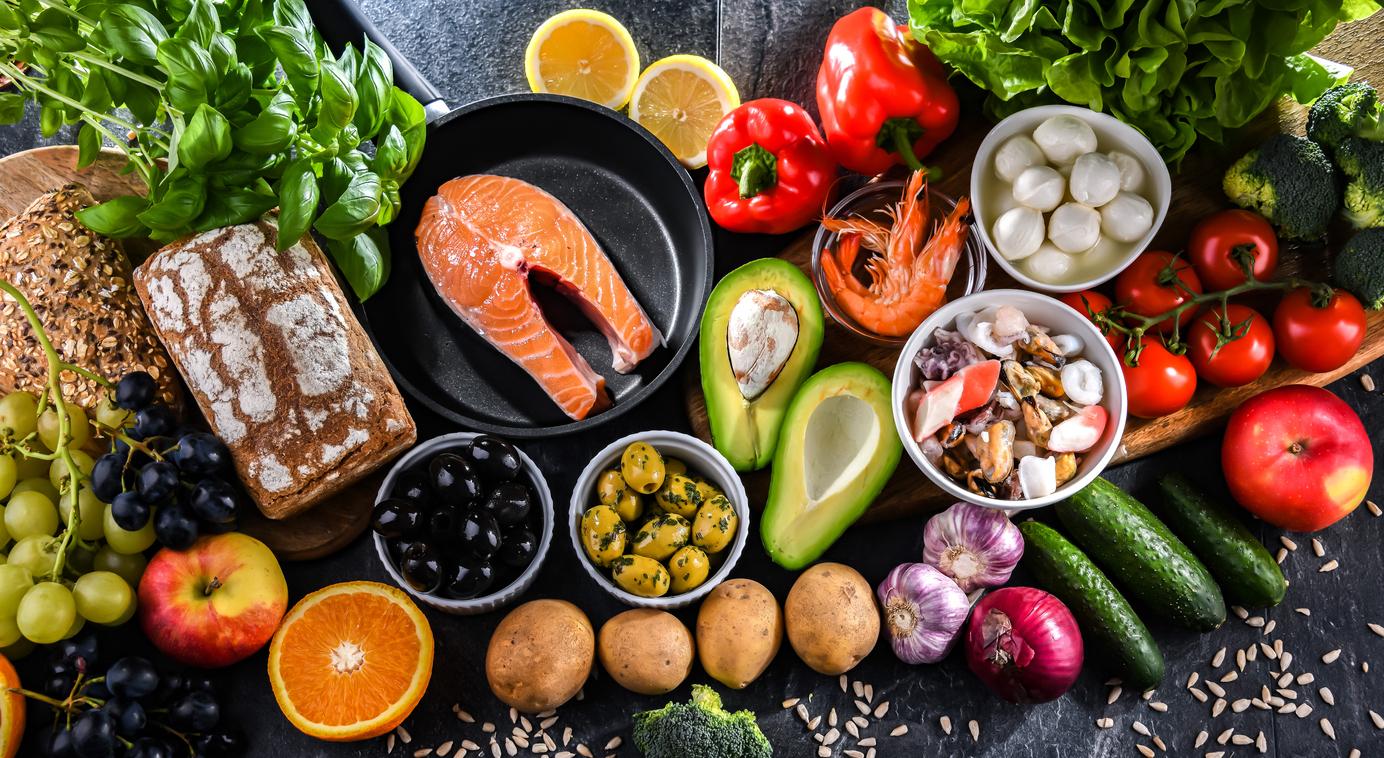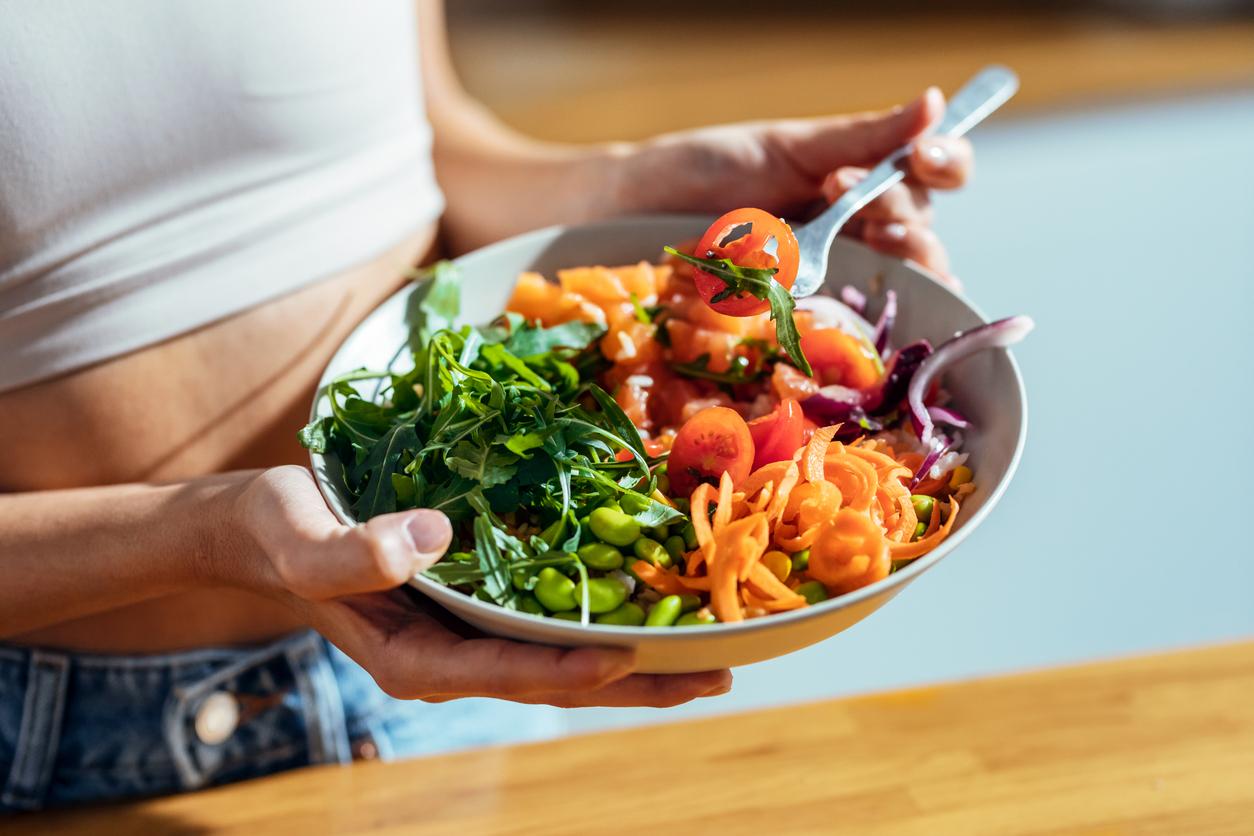American researchers are working to map all the chemical compounds present in food. Combined with our personal genetic variations and medical history, this information would lead to tailored dietary strategies.

“Tell me what you eat and I will tell you who you are,” said the French magistrate, gastronome and culinary author Jean Anthelme Brillat-Savarin in 1826. Almost two centuries later, this maxim still makes sense. Indeed, everyone is aware that a poor diet can lead to obesity, type 2 diabetes or cardiovascular disease, while on the contrary, a healthy diet helps to live better and longer. However, many parameters remain unknown in the relationship between food and health. Indeed, we still know nothing about the vast majority of chemical compounds in food, which makes it very difficult to determine whether an ingredient is good or not on its own. What’s more, each individual having their own intestinal microbiota, we all react differently to this or that food.
This is why, in the United States, researchers from Northeastern’s Center for Complex Network Research have given themselves the daunting task of mapping all the chemical compounds present in food with the long-term objective of helping us live longer and healthier. better health. Their work was published in early December in the journal Nature.
“If we take a closer look at our food, we see that we do not have only 150 nutrients”, cataloged by the United States Department of Agriculture, explains Giulia Menichetti, quoted by the specialized site MedicalXpress. “By consulting databases available around the world, we have between 20 and 30,000 different chemical compounds in our food. And this is only a first estimate”, she continues. With her colleagues, Albert-László Barabási and Robert Gray Dodge, she therefore tries to identify and follow all these compounds, while looking for new ones.
The equivalent of genomics for food
But the task is long and arduous. Proof of this is with garlic, for example. The researchers identified 5,676 scientific papers that may point to the chemical composition of raw garlic. They found 1,426 chemical measurements relating to the composition of garlic, as well as new information on 170 non-garlic compounds in current databases. All in all, it would seem that garlic contains over 2,000 chemical compounds. If 485 of them have potential health effects, their concentration in the plant remains a mystery.
Thus, it is impossible to determine whether garlic is good on its own. Combined with certain foods, some of its compounds could be beneficial to health. Red meat, for example, has been linked to cardiovascular disease. However, a product present in garlic interferes with this mechanism. “Red meat is potentially bad for you, but if you modulate that with the consumption of garlic, or the consumption of extra virgin olive oil or wine too, you can lessen this impact,” explains Giulia Menichetti. Unfortunately, “the majority of these chemicals are not reported in standard databases.” Hence the interest of the titanic work that the researchers are doing.
“Genomics has changed the face of medicine over the last 10 or 20 years, and the idea is to start doing something similar for food” in order to have a healthier life, comments Giulia Menichetti.
“We want a high chemical understanding of what we eat every day”
However, it is not only about understanding the integral composition of a food. Once a chemical enters our body, it interacts with bacteria in our gut and other biological processes that can result in either a positive or negative health effect.
“Food affects our health through multiple molecular mechanisms: some chemicals serve as a direct source of intermediaries for human metabolism, while others, such as polyphenols, play a regulatory role. Yet many food molecules also feed the microbiome in our gut, which metabolizes these compounds into other species that can be further processed through mammalian metabolism. Tracking the full chemical makeup of specific ingredients is also inevitable if we are to better understand the many ways the microbiome responds to the vast diversity of our diets, and how best to modify the microbiome for therapeutic purposes,” the researchers note. .
“This finding implies that an accurate mapping of our total chemical exposure through our diet could lead to actionable insights to improve health,” they continue. “There are many modeling, data and computing challenges to overcome,” concedes Menichetti. “That’s the challenge. We want to have a high chemical understanding of what we eat every day,” she concludes.
Tailor-made dietary therapies
So, ultimately, combined with our individual genetic variations and medical history, this information could help tailor tailored dietary therapies and lead to appropriate lifestyle adjustments so that everyone can live as long as possible. healthy.
“Our ability to track each individual’s nutritional-chemical barcode and correlate it with individual genetic variation and disease history could help merge nutrition with an accurate numerical and statistical platform similar to the one that powered the spectacular advances in genomics. Such a platform could help us to systematically search for new associations/causes between nutrition and health, which are largely invisible to current research, based on experiments aimed at testing pre-established hypotheses”, comments surgeon Guy-André Pelouze on the sidelines of the study in an article published in Atlantico.

















